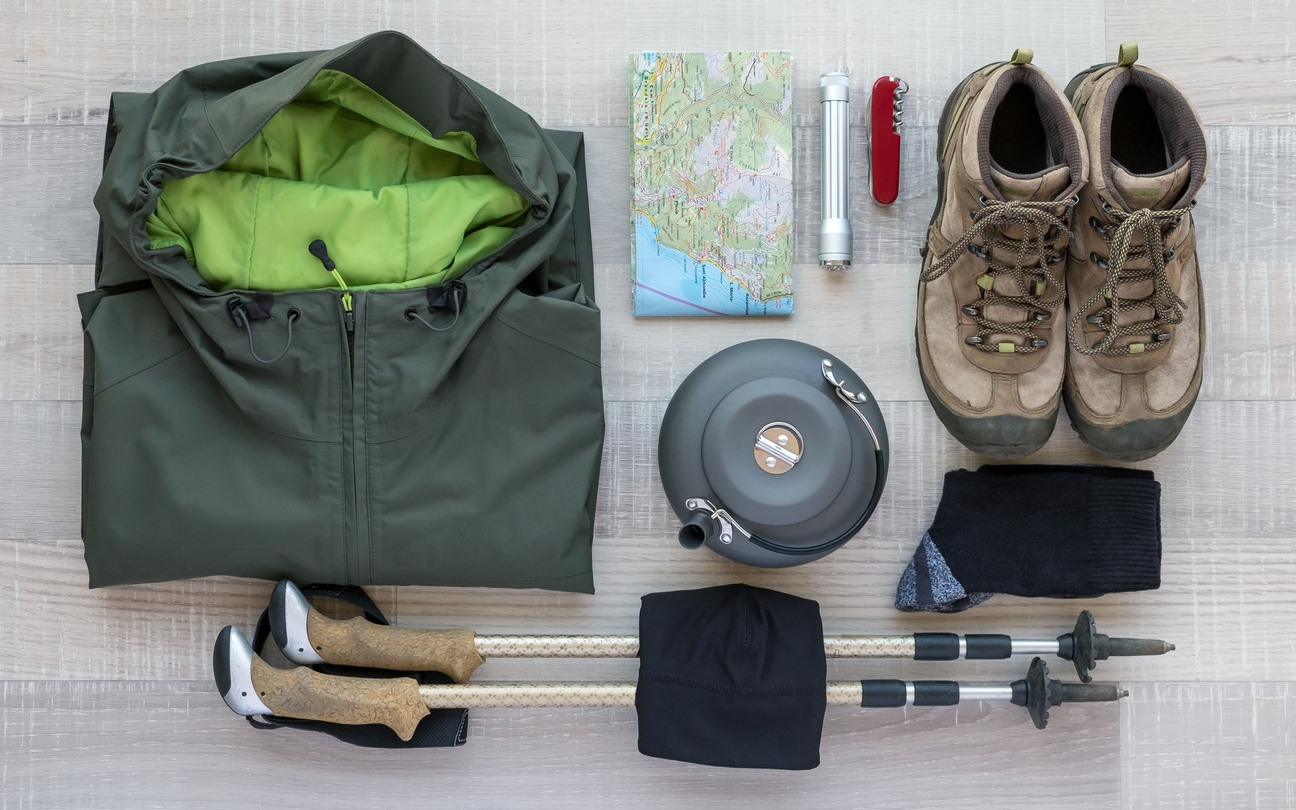- Home
- The Littlbug Blog
- Layering
The Littlbug Blog
Recent Posts
Are you properly dressed for your next hike?
Posted by on
The time has finally arrived for your next backpacking adventure. As you get your supplies together and check items off the list, don’t overlook one critical component: Comfortable, functional clothing.
Improper clothing can make your trip the most uncomfortable experience. When choosing the right clothes, you must consider the weather, temperature, the trail you will be on and how long you plan to be outdoors. These factors will help you make the right decision in choosing the proper clothing for a spring/summer hiking trip for a memorable hiking experience.
Choose Fabrics
Wisely
Synthetic materials make for ideal hiking clothes since
they keep you dry even if you sweat more during the hike. Conversely, soft cotton cloth
will trap sweat and make you wet along the trip; this will make your body cool
down resulting in chills especially if you are headed up the mountains where
the temperature is lower.
Choose materials that are moisture wicking, lightweight and soft for a comfortable hike. Synthetic materials allow your body to breathe more and release the pent-up heat for a more comfortable experience.
Another material merino wool, is excellent at wicking moisture and driving away odor. It serves as the perfect base layer for your trip in cold weather and serves warm weather hikes too.
Consider long sleeve or short sleeved shirts depending on the temperature. However, short-sleeved shirts will expose your hands to the elements like ants, scratches, rocks and sunburn.
Shorts and Pants
It is your decision to either wear shorts or pants when
going for a hike. Each has pros and cons. With shorts, you get ultimate freedom
and feel cooler compared to pants. Shorts are often ideal for low-altitude
hikes in summer.
If you choose pants, they should be made of durable yet quick-drying material like nylon and spandex. Avoid cotton at all costs. Pants are necessary if you expect heavy vegetation ahead or a drop in temperature. They protect your legs from poisonous or harmful plants and cold climates like at increased elevations.
To get the best of both worlds, try convertible pants. With these, you can unzip the lower legs and remove them. Be sure to check that they open up enough so you can take them off without removing your boots.

Socks and Boots
There are so many types of hiking boots found on the
market; however, each person should choose what is comfortable for their feet
and is durable for the conditions of the hiking trails. For muddy or very wet
trails, consider boots made of waterproof material that will keep your feet
dry. For rocky trails, choose boots that are slightly higher on the ankle for
better support for minimal chance of ankle sprains.
Ensure the footwear fits comfortably; you don’t want blisters along the way. Take your time to choose the proper clothing for a spring/summer hiking trip. However, even with the best boots, you must have the best socks for each type of climate. Pick socks made of synthetic material or wool for quick drying so that your feet and the toes can breathe.
Rain Gear
Carry your rain jacket even if you haven’t heard of any rain
in the weather forecast, the conditions can change without warning. Don't mess with hypothermia - it can kill you. Carry a breathable, waterproof rain jacket. A
technologically advanced jacket will let out sweat and moisture but not let in
the rain. You can pack a poncho for keeping you and your backpack dry in case
it rains unexpectedly, though it won’t be as comfortable as the solid jacket.
Hats
The summer sun can get too hot and tiring if you are not
wearing a hat. The hat protects your face and head from the direct effects of
the sun. Consider packing full-brimmed hats that are water repellent and made
of extremely breathable garments. These will keep out the rain even in a storm
and at the same time keep your head warm.
Layering
Keep in mind that the temperature can drop significantly
as you prepare for a hike. This applies to both high-altitude and low-altitude
hiking trails. Stay protected from any weather changes by carrying a three-layer
clothing system. Wear a lightweight garment that wicks moisture as the base. In
case the temperature drops, add light or medium weight clothing. If it gets
windy or rain starts falling, add the outer waterproof shell.
Wearing proper clothing for a spring/summer hiking trip can mean the difference between a comfortable and enjoyable hiking experience and a sweaty, sunburnt, wet, or scratched up journey. Therefore, before setting off on your trip, consider the clothing you need to pack for a better balance between protection and freedom.
 Loading... Please wait...
Loading... Please wait...








